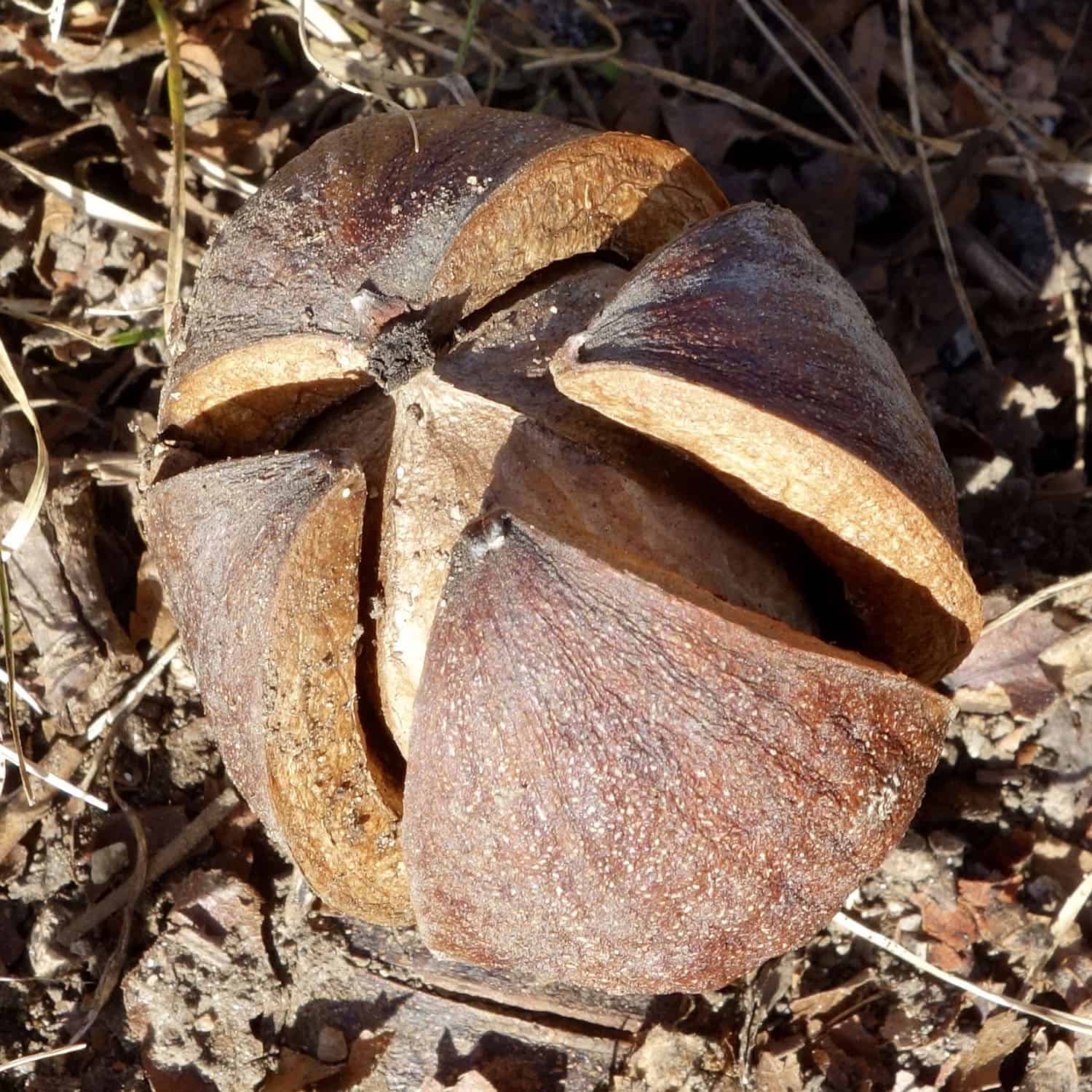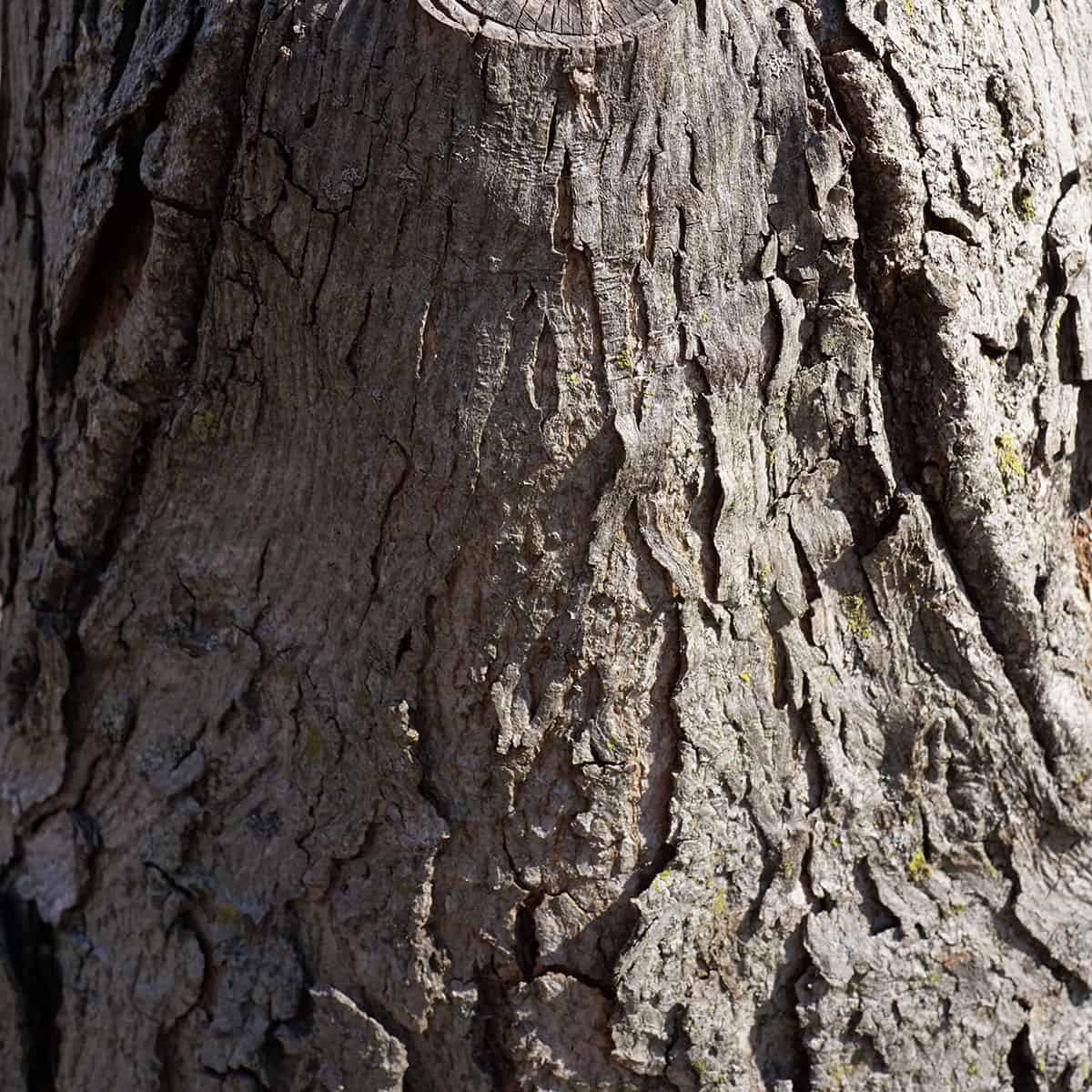| Weight | N/A |
|---|---|
| Dimensions | N/A |
| Botanical Name | Carya laciniosa |
| Zone | 4-8 |
| Soil | Deep, sandy loam, clay, loam, well drained, fertile soil with high organic matter. Prefers moist to wet rather than dry soils. |
| Light | Full sun |
| Pollination | Monoecious self-fertile, plant 2 or more trees for full nut bearing |
| Years to Bear | 7-10 |
| Form | Tall upright deciduous nut bearing tree with spreading branches and a narrow crown |
| Height | 60-80 feet |
| Spread | 50 feet |
| Spacing | 40 feet |
| Bloom | Yellow/Red/Green flowers at the ends of drooping catkins on younger branches and twigs in early spring. |
| Ripening Time | Late summer/early autumn |
| Fruit | Green nuts 2-3" in diameter husks similar look but smaller, to walnut |
| Pollinator Friendly | Yes |
Shellbark Hickory
$10.00
Carya laciniosa. These majestic ancient trees are long lived, slow growing and prolific producers of nut crops. The shellbark hickory grows best in moist deep loamy or silty soils. It does well in heavy loam or silt soils and can tolerate some seasonal flooding. Zones 4-9
Bark is gray and shaggy and hangs in long plates that easily separate, like shagbark hickory. Nuts are sweeter and bigger but shells are hard to open.
It produces copious amounts of large, flavorful, thick shelled nuts. The wood is extremely hard and beautifully tight grained. Stronger than black locust, it is some of the toughest wood in the world.
Trees produce male and female flowers in Spring from April to May (trees are self fertile) and yellow foliage in early fall, usually dropping all their leaves by mid autumn.
Shellbark: sap is sweet and can be boiled down for sugar similar to maple sap. Nuts are very flavorful, but shells are tough and difficult to open. Breaking and boiling the nuts is the preferred method. Trees take up to 15 years to produce nuts. Excellent for mixed woodland planting.
USDA regulations prohibit shipping of Hickory species to New Mexico.





Reviews
There are no reviews yet.